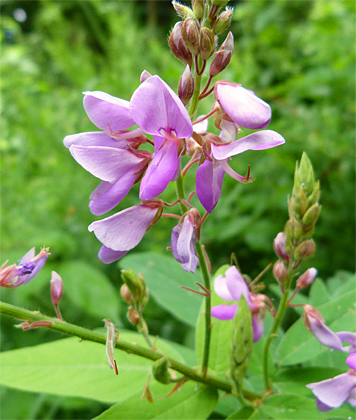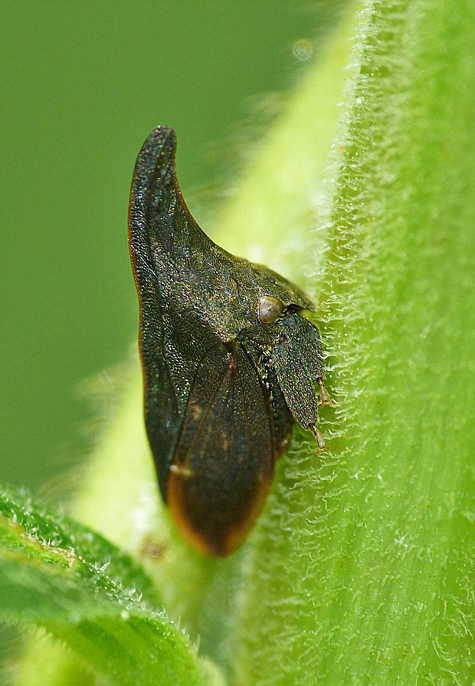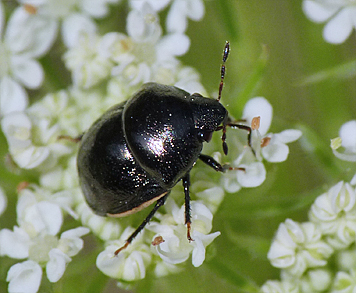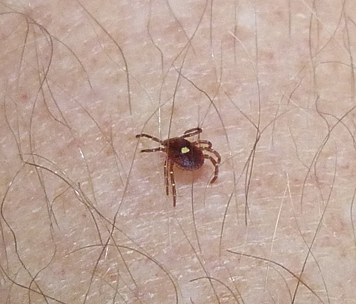
Although Passion Vine (Passsiflora incarnata), or Maypops, grows readily in our area it is not always as obvious as you might think having such a showy flower. It doesn’t seem to climb as well as Trumpet Vine or Coral Honeysuckle and is often found sprawling on the ground or across and through other vegataion, hiding it from view.
Maypops plays host to several tropical species of butterfly which, unfortunately for us here in North Carolina, occur mainly in Florida. The Zebra Heliconian, Gulf Fritillary, and Julia Dryas all lay their eggs on this plant. Only the Gulf Fritillary makes it this far north and then typically only along the coast or in the mountains. But each summer there are at least some reported here in the Piedmont.
One local butterfly does regularly lay eggs on the vine though. And that’s precisely what I look for each time I locate one of these vines, caterpillars of the Variegated Fritillary.
It’s late spring, but it might as well be summer. Besides Passion Flower, another summertime bloomer is showing off, Showy Tick Trefoil. It’s a North American native but most folks would probably rip it out if it sprouted up among their cultivated garden plants.

A prairie plant, Showy Tick trefoil is typically found further north and west of our area.

Sometimes called Winged Sumac, Dwarf Sumac is common in the Piedmont.
A thorn?

What looks like a thorn is a Widefooted Treehopper (Campylenchia latipes). Treehoppers come in a variety of shapes and colors, the most familiar are the green treehoppers seen along the stems of certain trees and plants. Many are cryptically colored and others may look like specific parts of the plants they consume, like the thorn mimic above.
Big on name but small in size is the White-margined Burrower Bug (Sherius cinctus).

These burrower bugs are about 4 mm in length. They can be found on plants in the mint family but I most often find them on the flowers of Queen Anne’s Lace, perhaps because the flower is more obvious than the mints and the dark insect, although small, stands out against the white flowers.
One more arthropod to mention, the Lone Star Tick.

Lone Star Ticks don’t carry Lyme Disease but being bitten by one may cause STARI or Southern Tick-Associated Rash Illness which may show itself with a circular rash, fatigue, headache, fever, and muscle and joint pains, according to the Centers for Disease Control. Rocky Mountain Spotted Fever is most often transmitted through contact with the Dog Tick here in the east, Lyme disease by the Deer Tick.